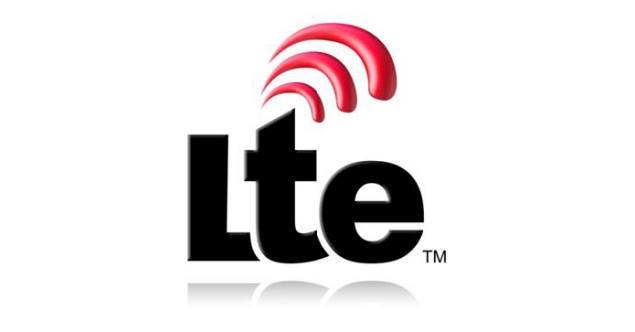
LTE, Long-Term Evolution otherwise known as E-UTRAN (Evolved Universal Terrestrial Access Network), is a wireless communication standard first released by the 3rd Generation Partnership Project (3GPP) in 2008.
The motivation to upgrade the UMTS networks was sparked by the need to ensure the continuity of competitiveness of the 3G system for the future.
Furthermore, user demand for higher data rates and quality of service was also growing. There was a need to reduce complexity and at the same time avoid unnecessary fragmentation of technologies for paired and unpaired band operation.
LTE is essentially the access part of the evolved packet system (EPS). EPS is 3GPP’s LTE wireless communication standard to evolve network architecture and is purely IP based.
The main requirements for LTE are high spectral efficiency, high peak data rates, short round trip time as well as flexibility in frequency and bandwidth.

LTE is based on orthogonal frequency division multiple access (OFDMA) and in combination with higher order modulation (up to 64QAM), large bandwidths (up to 20 MHz) and spatial multiplexing in the downlink (up to 4×4) high data rates can be achieved.
According to 3GPP, the highest theoretical peak data rate on the transport channel is 75 Mbpsin the uplink, and in the downlink, using spatial multiplexing, the rate can be as high as 300 Mbps.
LET is often confused with 4G. "Fourth generation" refers to the mobile telecommunications technoilogy that has succeeded 3G. 3G for instance, was not a LTE technology, and was in fact part of the UMTS spectrum.
4G can be put together with LTE, forming the 4G LTE – fourth generation long term evolution. In the future, it is unknown if there will be an upgrade of LTE or a new technology to answer the needs of 5G.
Derivations of LTE have already been released. For example, in June 2013, the 3GPP released LTE-Advanced (LTE-A), focused on higher network capacity.
Newer versions, aimed at the IoT and industrial machinery automation, are still being considered by the 3GPP. These include LTE-Machine-type-communications (LTE-M or LTE-MTC) and Narrowband-LTE- Machine-type-communications (NB-LTE-M).






